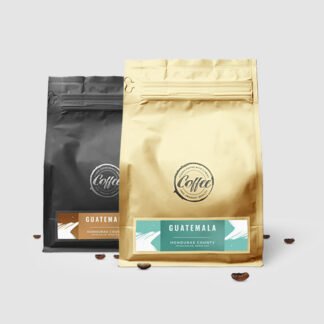In the world of data visualization, Tableau has become a powerful tool for professionals to present complex information in a visually appealing and easy-to-understand manner. While Tableau offers a wide range of features and functionalities, it’s important to explore the creative possibilities it provides to truly make your visualizations stand out.
1. Interactive Dashboards
One of the key strengths of Tableau is its ability to create interactive dashboards. Instead of presenting static charts and graphs, you can design dashboards that allow users to explore the data themselves. By incorporating filters, parameters, and actions, you can empower your audience to interact with the visualizations and gain deeper insights.
2. Storytelling with Data
Tableau provides a storytelling feature that allows you to create a narrative flow within your visualizations. You can guide your audience through a series of visualizations, highlighting key points and telling a compelling story with your data. This feature is particularly useful when presenting insights to stakeholders or clients, as it helps to communicate the story behind the data.
3. Customized Visualizations
While Tableau offers a wide range of pre-built visualizations, you can take your creativity to the next level by customizing them. You can modify colors, shapes, sizes, and even create your own custom visualizations using Tableau’s built-in functionalities. This allows you to align the visualizations with your brand or create unique representations that better convey your data.
4. Integration with Other Tools
Tableau can be integrated with other tools and technologies to enhance its capabilities. For example, you can connect Tableau with R or Python to leverage advanced statistical analysis or machine learning algorithms. By combining the power of Tableau with other tools, you can unlock new possibilities and create even more impactful visualizations.
5. Animations and Transitions
To add an extra layer of engagement to your visualizations, Tableau allows you to incorporate animations and transitions. By animating changes in data over time or creating smooth transitions between different views, you can make your visualizations more dynamic and captivating. This feature is particularly useful when presenting data-driven stories or demonstrating trends and patterns.
6. Collaboration and Sharing
Tableau provides robust collaboration and sharing capabilities, allowing you to work with colleagues or share your visualizations with a wider audience. You can collaborate in real-time, make annotations, and receive feedback from others to improve your visualizations. Additionally, Tableau offers various options for sharing your work, including embedding visualizations in websites or publishing them to Tableau Public for wider accessibility.
7. Data Storytelling through Mapping
Tableau’s mapping capabilities enable you to tell compelling stories with geographic data. You can create interactive maps that showcase regional trends, highlight specific locations, or visualize spatial relationships. By combining data with maps, you can convey information in a way that is both informative and visually appealing.
In conclusion, Tableau is not just a tool for data visualization; it is a platform that allows you to unleash your creativity and present data in innovative ways. By exploring the various features and functionalities it offers, you can create visually stunning and impactful visualizations that effectively communicate your insights.



